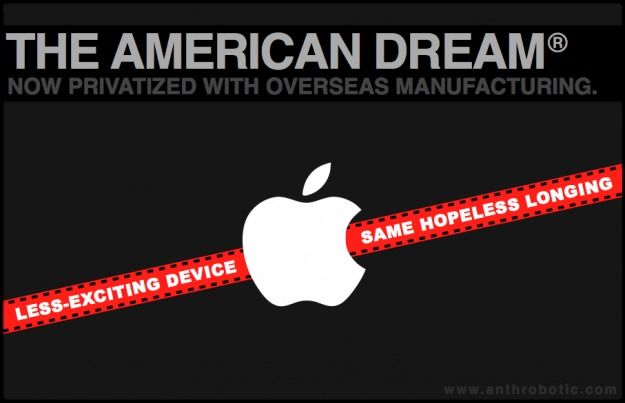Oct 9, 2012
The Kline Directive: Introduction
Posted by Benjamin T. Solomon in categories: business, complex systems, defense, economics, engineering, ethics, finance, philosophy, physics, policy, space
Science and engineering are hard to do. If it wasn’t we would have a space bridge from here to the Moon by now. If you don’t have the real world practical experience doing either science or engineering you won’t understand this, or the effort and resources companies like Boeing, Lockheed, SpaceX, Orbital Sciences Corp, Scaled Composites, Virgin Galactic, and the Ad Astra Rocket Company have put into their innovations and products to get to where they are, today.
If we are to achieve interstellar travel, we have to be bold.
We have to explore what others have not.
We have to seek what others will not.
We have to change what others dare not.
The dictionary definition of a directive is, an instruction or order, tending to direct or directing, and indicating direction.
Dictionary of Military and Associated Terms, US Department of Defense 2005, provides three similar meanings,








